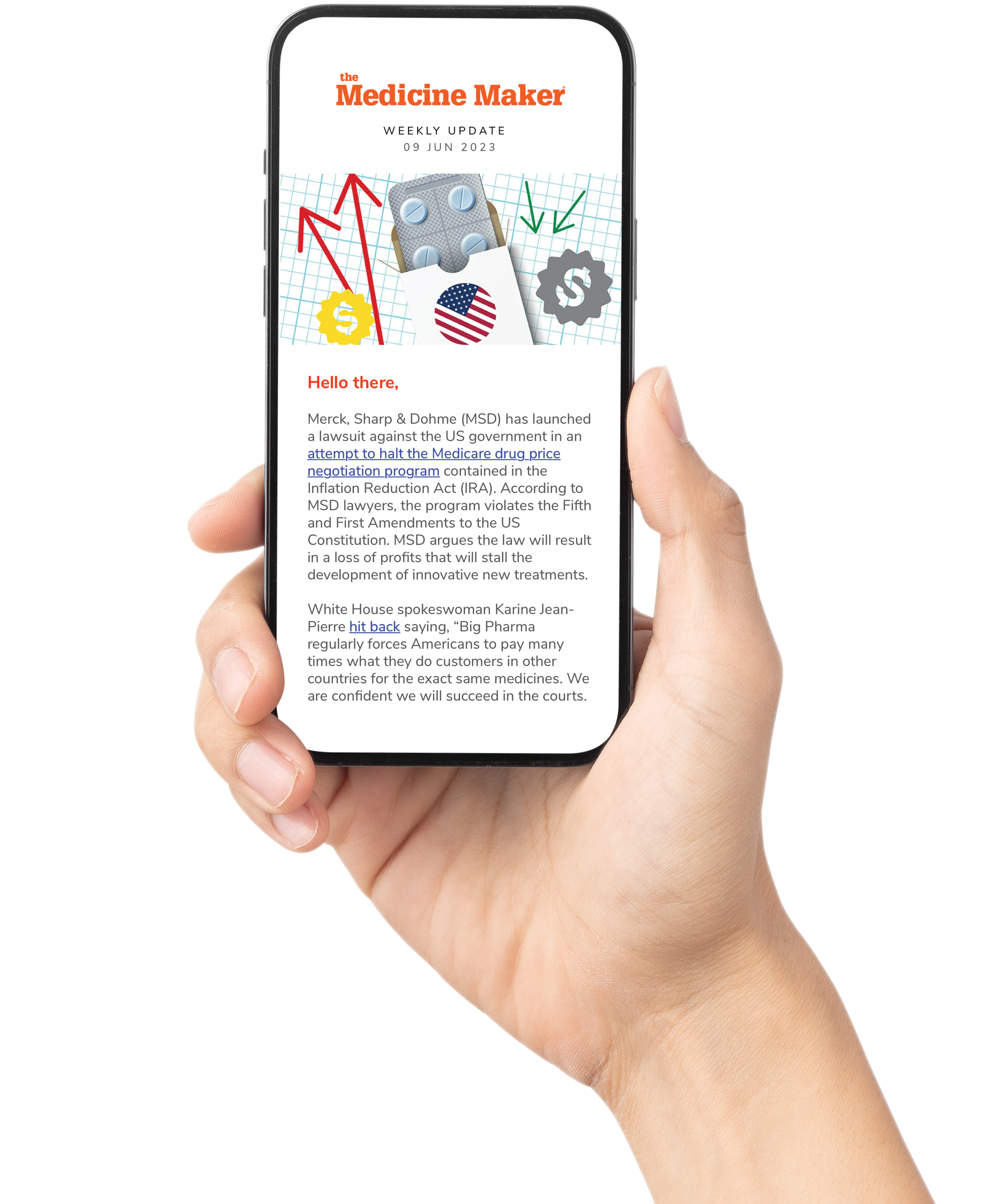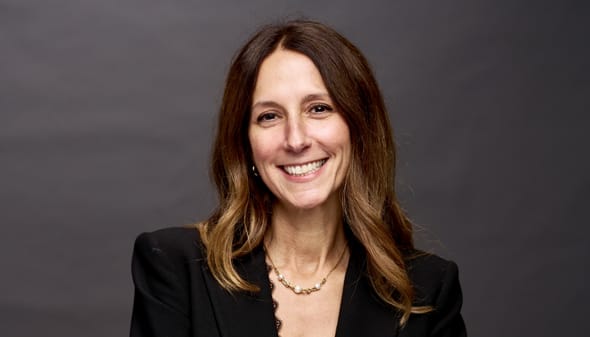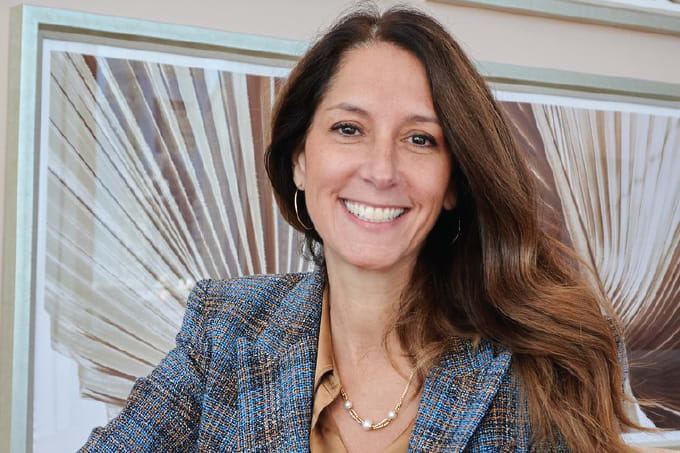
“Excellence is non-negotiable, but excellence doesn’t mean perfection or having the most expensive equipment or the fanciest labs. It’s a mindset. It’s about doing science that matters – and doing it well for the service of humanity.”
“We are also seeing people pushing to abandon technology – like mRNA – because they think it’s too dangerous. We must push back. The evidence shows that the benefits far outweigh the risks. Abandoning mRNA now would put all of us at greater risk.”
Recently I had the privilege of interviewing Quarraisha Abdool Karim about her career – and how she became involved with so many influential organizations, including the Global Virus Network, the Centre for the AIDS Programme of Research in South Africa (CAPRISA), and the World Academy of Sciences.
Abdool Karim describes the role of an epidemiologist as being like a firefighter: you don’t run away from the flames, you run into them. For her, science is not only about advancing knowledge, but about meeting urgent human needs and serving communities who are often left behind.
Born and raised in South Africa, she has always been deeply aware of inequality and the importance of resilience. As co-founder of CAPRISA, she has helped shape global understanding of HIV, particularly the risks faced by young women, while also addressing the burden of TB. As president of the World Academy of Sciences, she has championed science as a global good – something that must be accessible and beneficial to all, not just the privileged few. And as part of the Global Virus Network, she has worked to strengthen collective preparedness for the next outbreak, whatever form it may take.
In the first part of this interview, Abdool Karim reflected on her journey into science, the challenges of building research capacity in the Global South, and the principles that continue to guide her. In this second part, she turns to the lessons of COVID-19, the value of surveillance and collaboration, and why we need to continue to invest in mRNA – with the public included in the journey every step of the way.
What are the priorities for the Global Virus Network (GVN) right now?
We focus on everything. And we can do this because we are a network.
Outbreaks happen because there are always pathogens circulating at a low level, so surveillance is critical. An outbreak is when you suddenly see more infections than expected, either in one place or in several locations. The first step is to immediately check vaccination coverage – because this can contain an outbreak quickly before it becomes an epidemic.
Epidemics are larger, but still have a geospatial location, such as one country or one region. Once it spreads beyond that, you have a pandemic.
COVID-19 started as just a few cases in Wuhan – and many in the scientific community disagreed about how infectious it was. Some assumed it would be another MERS or SARS that we would be able to contain. Others were more pessimistic. Ultimately, the worst turned out to be true and COVID-19 rapidly became a pandemic.
Surveillance is crucial to prevent future pandemics. We must monitor known pathogens and ensure we have capacity to detect new ones. This involves monitoring animals, the environment, and people. A new threat could emerge in water bodies or in a bat cave. Understanding how viruses cross from animals to humans is crucial and requires collaboration across many disciplines.
In today’s world, a disease can spread very quickly. Conflict plays a big role in this. Wars create displacement, and today we have more displaced people than at any other time in history. Wars cause instability, social breakdown, and the collapse of health systems. I sometimes joke that I sound like a beauty queen when I say, “We need peace in the world,” but it’s true. Without peace, we won’t control epidemics.
GVN’s international headquarters are now hosted at the University of South Florida, and it conducts ongoing surveillance and monitoring, issuing alerts where outbreaks or epidemics might emerge, and conducting research to see if new threats are appearing. There are about 2,000 coronaviruses, for instance, and it’s only a matter of time before another crosses into humans.
Viruses mutate rapidly. We now have the tools to track mutations, but we need to understand what they mean. When does a mutation change disease severity? When does it affect mortality? And then we need to ask: are our current tools still effective, or do we need new ones? This is constant work.
The process always comes down to three things: prevent, diagnose, and treat. To do that, you need lab infrastructure, surveillance systems, and clinical acumen. This is why the network matters. GVN includes scientists across the world with different skills, which means we can pivot much more quickly when something new appears. If an outbreak or epidemic is contained early, then everyone benefits. Stockpiling after something has already become a pandemic is wasteful. During COVID-19, everyone stockpiled and so much was wasted.
How did you become involved with the response to the COVID-19 pandemic?
Once the genetic sequence for SARS-CoV-2 became available, we used our infrastructure to set up diagnostics locally. We used surveillance systems to track what was happening, generating intelligence and advising the government on how to respond. We were also involved in the vaccine trials. When I say “we,” I’m referring to myself, my husband, our partners, collaborators, and the communities we work with. It was a collective effort.
Because of the previous work we’d done in HIV, we were in a position to advise people at the highest levels, including the WHO Director-General and the UNAIDS Director.
Both my husband (Salim Abdool Karim) and I are firm believers in innovation and in science as a global public good. Excellence is non-negotiable, but excellence doesn’t mean perfection, or having the most expensive equipment or the fanciest labs. It’s a mindset. It’s about doing science that matters – and doing it well for the service of humanity.
That thread really runs through my whole life and connects back to my roots in Tongaat. My grandfather, for instance, was an accountant, but he set up and chaired the malaria control program. People used to ask, “Why an accountant in public health?” But for him, it wasn’t about being a scientist. It was about caring for his community, which at the time was being devastated by malaria. He showed me that everyone – even accountants – have a place in public health if they are committed to serving people.
GVN recently put out a statement reaffirming its support for mRNA vaccines and collaborative vaccine research. Why is this area so important to you?
For decades in Africa, parents didn’t name their children until after their first birthday because infant mortality was so high. Vaccines changed that, and coverage rates are high in the region because parents know the value.
COVID-19 was catastrophic, but vaccines changed the story by preventing hospitalizations and deaths. It was extraordinary – and yet people have quickly forgotten.
Historically with vaccines, going right back to Jenner and cowpox, we often didn’t know what the causative agent was, but we intervened with what made sense at the time. With SARS-CoV-2, in less than 90 days of the sequence becoming available, groups were able to pivot and move to clinical trials. This was amazing – and shows how far we’ve come as a global community in terms of knowledge generation. Centuries of investment in science brought us to this point.
mRNA experts like Katalin Karikó or Drew Weissman will tell you that mRNA isn’t new. Katalin began working with mRNA 40 years ago. She was looking at mRNA for therapeutic applications, but it became the basis for vaccines. History is full of examples where pursuing something for one specific purpose ultimately transformed another area entirely.
What mRNA offers is a platform. When you have a genetic sequence, you can rapidly turn it into a vaccine candidate using mRNA. The technology has now moved beyond COVID-19 to cancer, autoimmune diseases, and more.
And this is why ongoing investment in science is so important. The US leads on that front; the collective budget for South African scientists is about a quarter of what a single US statutory body for medical research may receive. The US disproportionately invests in science, and has been leading on many fronts, including mRNA.
mRNA is not the only way to make vaccines, of course. Many of the historical approaches are still being used, but mRNA is about moving forward. For humanity to advance, we must constantly improve and use the best tools available. We’re not sitting in caves anymore. We are in offices surrounded by modern tools. That is what progress is. For me, mRNA represents progress. It’s not about replacing everything else, but about giving us a way to be faster, more adaptable, and better prepared for whatever comes next.
During COVID-19, what did we learn about manufacturing capacity?
One lesson was stark. Countries with manufacturing capacity, or those that could pay, had quick access. Poor countries – even when they were ready to pay – were left waiting. This is part of why SARS-CoV-2 is still with us. We didn’t think globally and we didn’t act globally.
We need to distribute manufacturing capacity more equitably, particularly in the Global South. WHO, in partnership with philanthropies, is supporting this. In South Africa, for instance, Afrigen Biologics is building capacity for Sub-Saharan Africa, and also serving other regions. But you can’t build facilities to just sit idle until the next crisis. They need to be producing other vaccines and products, so that when something new emerges, the systems are already running.
This is why mRNA is so important to the region. mRNA is a flexible platform that can be applied to multiple targets. It’s the same principle as when we had PCR platforms for HIV. When the gene sequences for SARS-CoV-2 became available – even before we knew it as SARS-CoV-2 – we could quickly adapt the PCR technology to set up diagnostics. That’s the value of having platforms in place.
What else have your learned from your work with GVN?
Science communication is very important to us. As scientists, we’re used to publishing in peer-reviewed journals, presenting at conferences, and talking to each other. But if science is going to be the hope for our future – and I really believe it is – then we have to do a much better job at communicating with the public. We can’t leave it to a handful of people to define and shape the narrative.
One of the new GVN board members is Heidi Larson, who founded the Vaccine Confidence Project. Heidi and her team have been helping us to think more about communication. We need to get better at demystifying science and helping people to understand the scientific method. Science progresses through arguments, debates and dialogue, but there’s a growing sense in the public that if scientists disagree then it means we can’t be trusted. During COVID-19, the public saw discussions and arguments play out and interpreted it as chaos or disagreement, even though it was all about refining, testing and improving.
Multiple analyses show that the benefits of mRNA outweigh the risks, but of course there are always risks – for any medicine. The point is always to weigh benefits against risks, and to continue to understand. The more we learn about risks, the more we can investigate them, understand them mechanistically, and improve.
Too often now, there is a mentality of: “The public doesn’t understand it, so let’s abandon it.” This is wrong. If the public doesn’t understand something, then it means we need to do better at communicating.
We are also seeing people pushing to abandon technology – like mRNA – because they think it’s too dangerous. We must push back. The evidence shows that the benefits far outweigh the risks. Abandoning mRNA now would put all of us at greater risk.
We need to keep investing in platforms like mRNA. We may end up with something even better in the future, but for now, mRNA is the best we have. It gives us flexibility, resilience, and the ability to hit the ground running when something new emerges. It also has applications beyond COVID-19 – making it commercially viable and widely useful. It deserves the chance to reach its full potential. However, we can’t just use the technology blindly. There are responsibilities as well as opportunities.
It’s the same with artificial intelligence. There are huge opportunities here, but we can’t allow it to be controlled by a handful of people in developed countries while the rest of the world is left behind or held to ransom. How we invest and how we act now will define where we go and whether we can ensure planetary security and health for future generations.
I encourage everyone to support and invest in groups like GVN, as well as in resilience-building initiatives, better surveillance, and stronger science communication. GVN helps to connect the dots. It rises above geopolitics. We bring the best science and the best minds together. And we are committed to doing better public education so that the public walks the journey with us.




